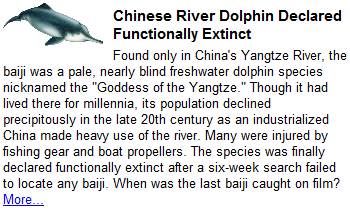Sovereign Wealth Funds (SWF) are owned and managed by governments or central banks of various countries around the world to invest their trade surplus globally, usually on a long term basis. They are funded by trade surplus of international trade, foreign currency deposit, International Monetary Fund reserves and other national funds like pension funds and oil funds. With subprime crisis haunting the global financial sectors, several SWFs are being criticized for investing heavily in Citigroup, Morgan Stanley and Merill Lynch which left them gasping for cash infusion. Nevertheless, from $500 million in 1990 to $3.8 trillion in assets today, SWFs have their presence now spread across 27 countries.
Around two-third of SWFs are held by the commodity and oil exporting and gulf countries like Qatar Investment Authority, primarily with the objective of diversifying their revenue streams and reduce oil-related risk and their dependence on oil export revenue.
Over the last decade, large current account surplus enabled
Industry experts predict that assets under SWFs’ control could reach $12 trillion by the end of 2015.
The two main purposes of SWFs are short term foreign currency stabilization and liquidity management. The Global Financial Stability Report (2007) classified SMFs into five groups depending on investment objectives of their respective governments. They are:
(i) Stabilization Funds
(ii) Saving Funds for Future Generation
(iii) Reserve Investment Corporate
(iv) Development Funds; and
(v) Contingent Pension Reserve Fund.
During the period of rising oil prices, SWFs of oil exporting nations drastically due to increase in their foreign exchange reserves which are then used to make strategic acquisitions across the world. On the other hand, SWFs of emerging economies like
Another point of difference is the SWF to Foreign Reserve Exchange ratio which is used to determine the proportion of reserves which are invested using SWFs. It has been observed that OPEC have higher ratio compared to emerging economies. Last year, ratio for Qatar Investment Authority was 5.9 times compared to












No comments:
Post a Comment